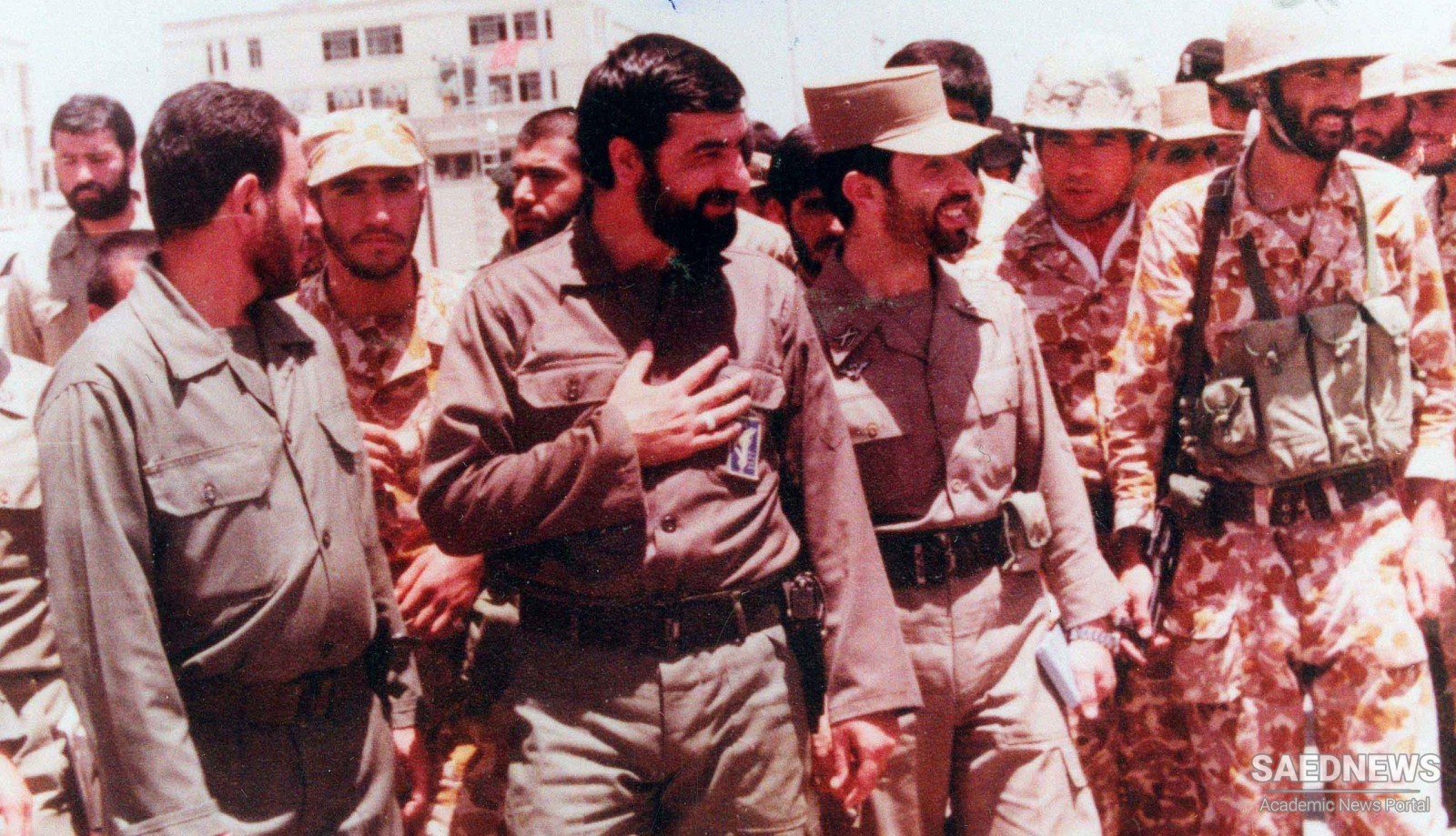No major city in the Middle East (the population of Khoramshahr before the war was 210,000) had fallen since the 1967 War, at least not one that was aggressively defended. Israel’s assaults on Suez City in the 1973 War and its attempt to enter Beirut in 1982 both had been blocked by stubborn resistance; similarly, the Syrians had been unable to penetrate Sidon, defended by Palestinian forces, in 1976.
For Iraq, however, the cost of taking Khoramshahr was dear—1,500 dead. These losses dissuaded the Ba’thists from making a follow-up attempt to overwhelm Abadan. Instead, they determined to seal off the city and deny it relief from outside—in effect starving it into submission. In this they were unsuccessful—the Iranians held on to a portion of the city’s southern perimeter for over twenty months, until the siege was lifted.
A similar deadlock developed in the north at Dezful and Ahvaz. With the approach of winter, the Iraqi forces were several kilometers outside of both cities and—on orders of Saddam—they dug in. Thus the dynamic phase of Iraq’s initial thrust effectively ended.
There was every reason for Iraq to assume that with the coming of spring, it might complete its capture of the Dezful-Ahvaz-Khoramshahr-Abadan line. But after initial successes the tide of battle turned against it. In a number of sharply fought engagements with the Iranian army, the Iraqis continually were worsted. Administered a succession of defeats, their army fell back to the international border, giving up all the gains it had achieved.
So substantial was the Iraqi setback that analysts have tended to write off the whole Iraqi invasion attempt as a comedy of errors. Iraq’s commanders have been denigrated, the morale of its troops disparaged; Saddam has been criticized for his constant micromanaging of the conflict. In the eyes of many, the Iraqi invasion was the ultimate in misconception and maladroit execution.


 Early Victories of Iraq
Early Victories of Iraq














































